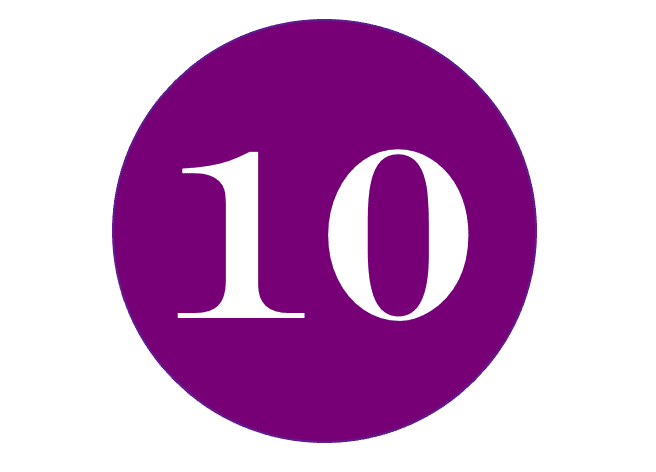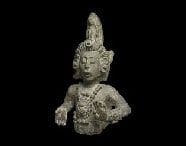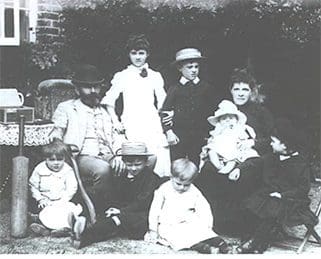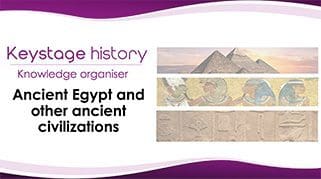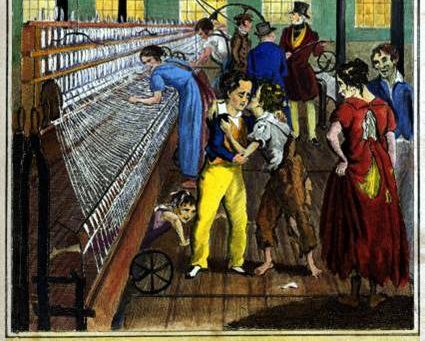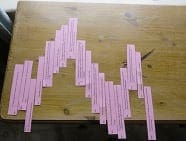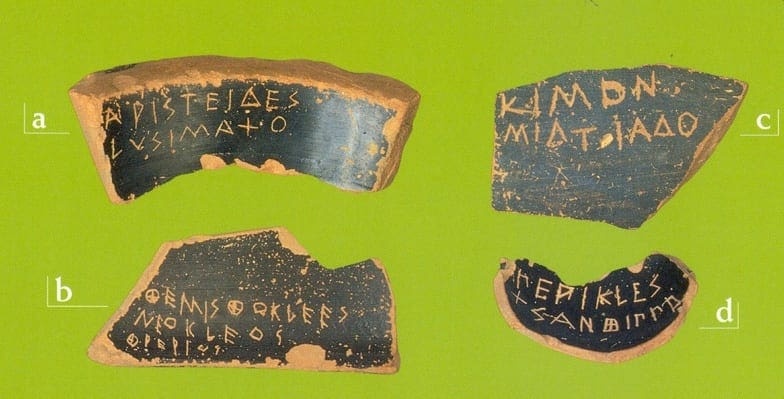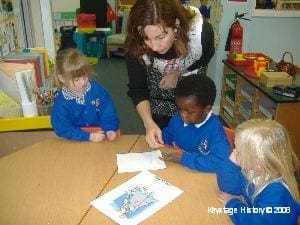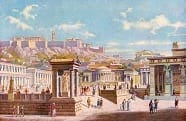
There are three distinct parts to Key Question 2 but each centrally based around the need for pupils to use evidence of different forms. The introductory PowerPoint shows 4 contrasting types of evidence: buildings, coins, statues and monuments, and archaeological remains. Activities and resources for the first part are below, parts 2 and 3 are available as separate posts.
Centre of Athenian life, the Agora below the Acropolis © Look and Learn
Learning objectives
- Pupils learn to generalise from the particular about salient features of Ancient Athenian society esp. role of slaves.
- They can draw inferences from evidence on pots going beyond the literal.
- They can make deductions and creative and informed speculation, using their contextual knowledge, when analysing images on pots.
- Children grasp the diversity of life style depending on position within society and know the influence of the large slave population.
- They learn that sometimes books disagree, eg:

